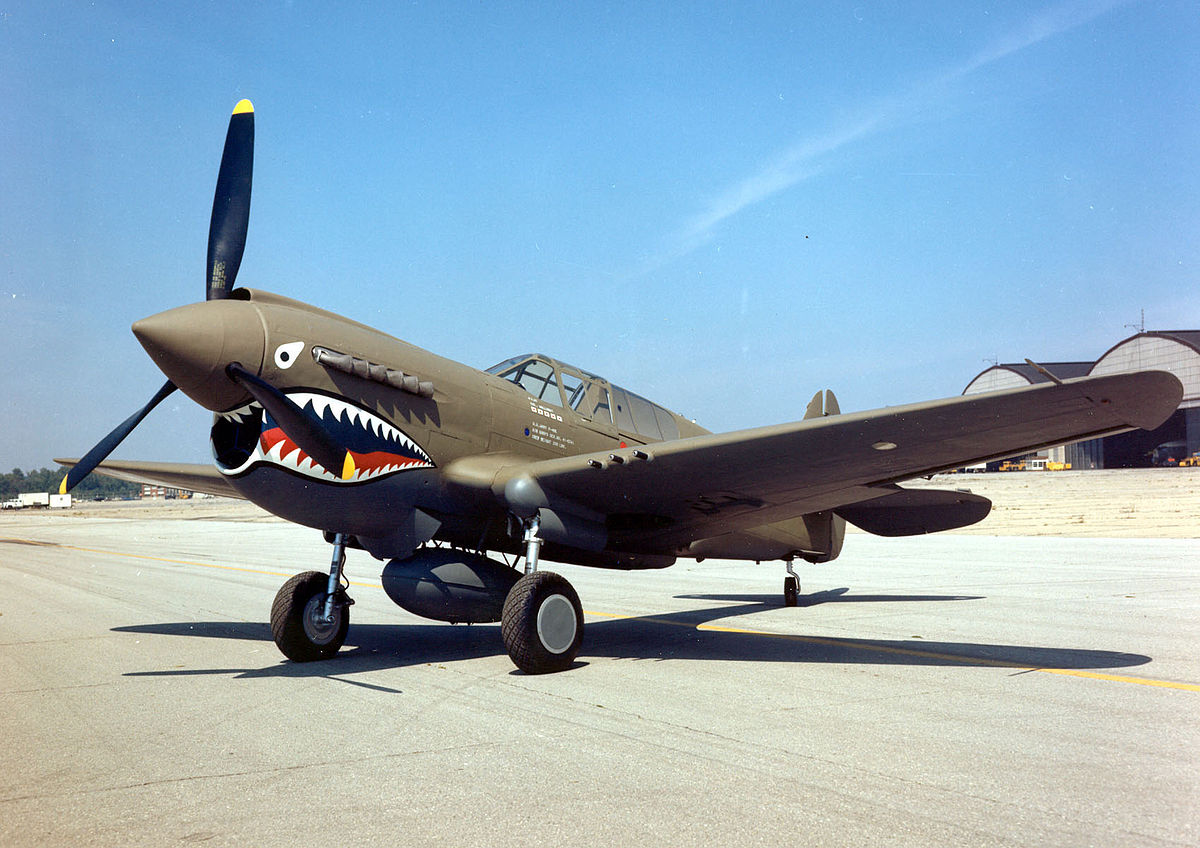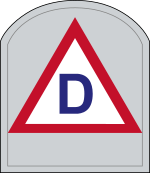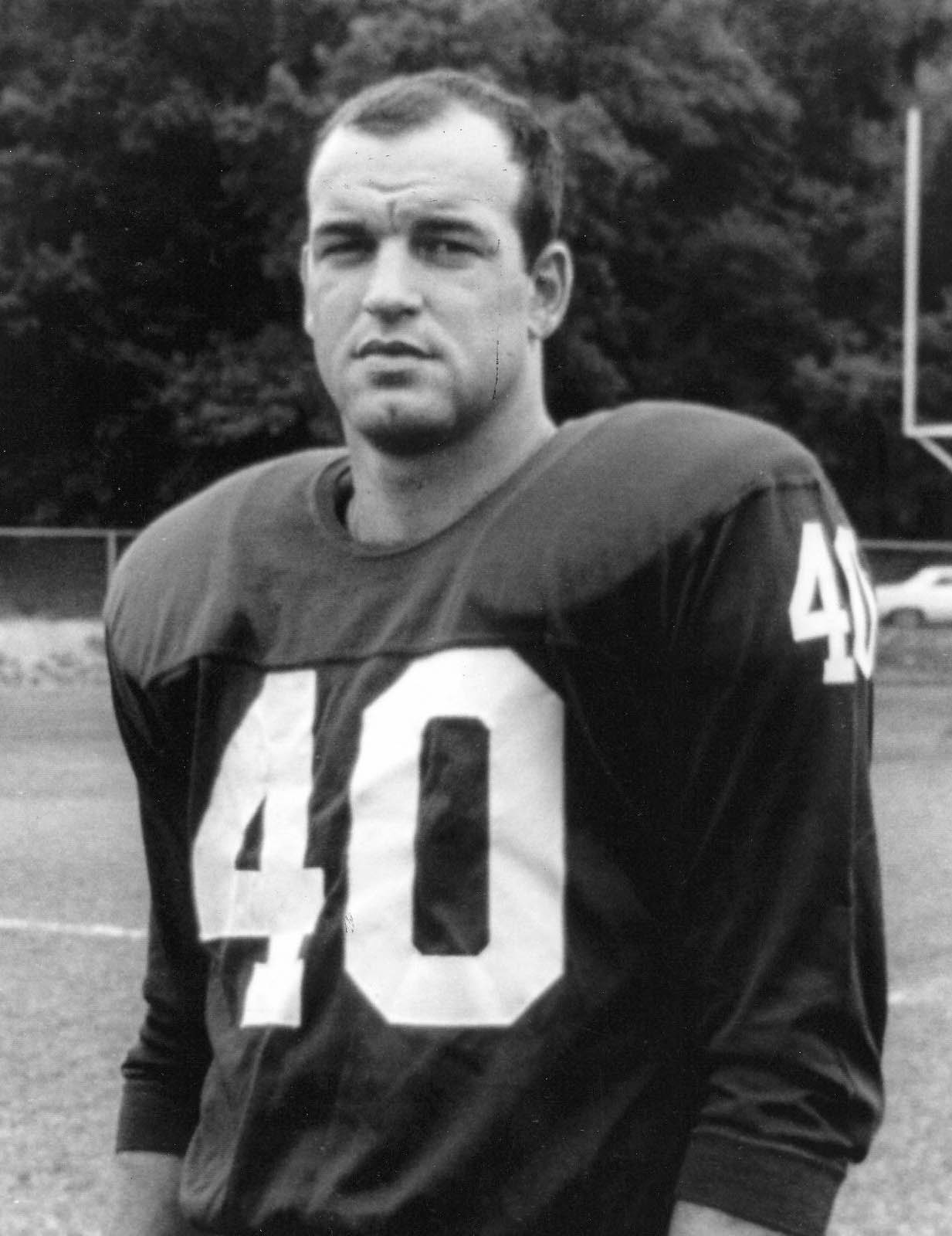Gamecock Fanatics
You are using an out of date browser. It may not display this or other websites correctly.
You should upgrade or use an alternative browser.
You should upgrade or use an alternative browser.
Countdown to Kickoff
- Thread starter Swayin
- Start date
P-40 Warhawk


I was wondering if anyone would remember Morrison's number. Pts.
USS Brooklyn, CL-40. Lead ship of her class.
_in_the_Hudson_River,_in_1939_(80-G-1023215).jpg)
_in_the_Hudson_River,_in_1939_(80-G-1023215).jpg)
https://en.wikipedia.org/wiki/USS_Brooklyn_(CL-40)Comedian Lenny Bruce, who joined the Navy at 17, served aboard Brooklyn during the period between 1942–44 as a forward turret shell passer and saw combat in the Mediterranean.
USS Bowers, APD-40. Formerly DE-637.
_underway_in_San_Francisco_Bay_on_5_February_1945_(80-G-216256).jpg)
_arriving_in_the_Kerama_Islands_after_being_hit_by_a_Kamikaze,_16_April_1945_(80-G-315257).jpg/1280px-USS_Bowers_(DE-637)_arriving_in_the_Kerama_Islands_after_being_hit_by_a_Kamikaze,_16_April_1945_(80-G-315257).jpg)
https://en.wikipedia.org/wiki/USS_Bowers_(DE-637)
_underway_in_San_Francisco_Bay_on_5_February_1945_(80-G-216256).jpg)
USS Bowers (DE-637) with crashed Japanese Nakajima Ki-43 on the bridge. (below)USS Bowers (DE-637/APD-40), a Buckley class destroyer escort of the United States Navy, was named in honor of Ensign Robert K. Bowers (1915-1941), who was killed in action aboard the battleship USS California during the Japanese attack on Pearl Harbor on 7 December 1941.
Kamikaze attack
On the 3rd, Bowers was assigned to a radar picket station about 10 miles north of Kerama Retto to provide the other ships around Okinawa with an early warning of approaching air attacks. That day, a single torpedo bomber attacked Bowers and USS Gendreau, but the latter escort shot down the offending plane before it could do any damage. The next day, Bowers' gunners shot down another torpedo bomber. The ensuing nine days were quiet, although her crew frequently manned their battle stations because of approaching air contacts.
Bowers was then assigned to anti-submarine screen duty six miles north of Ie Shima. At dawn on 16 April, the destroyer escort shot down one attacking Japanese plane. Then at 09:30, two more planes came in, flying low and fast. Bowers maneuvered radically to avoid the planes as they split to attack the escort. The first came in dead ahead, but Bowers' guns brought it down. The second passed over the ship as her port guns came to bear. Despite the heavy gunfire, the kamikaze regained altitude, turned, and came in from a 45-degree angle forward. It crashed into the warship's flying bridge, spraying high octane gasoline over the bridge and pilot house. The plane's bomb penetrated the pilot house and continued down through the ship for 20 feet before it exploded and sprayed the deck with fragments. Fire fighting parties brought the flames under control in about 45 minutes; but 37 men from the ship were killed, 11 were reported missing, and many of her 56 wounded died later.
_arriving_in_the_Kerama_Islands_after_being_hit_by_a_Kamikaze,_16_April_1945_(80-G-315257).jpg/1280px-USS_Bowers_(DE-637)_arriving_in_the_Kerama_Islands_after_being_hit_by_a_Kamikaze,_16_April_1945_(80-G-315257).jpg)
https://en.wikipedia.org/wiki/USS_Bowers_(DE-637)
Last edited by a moderator:
Homebrewcock
GCF Top Poster
Homebrewcock
GCF Top Poster
Joe Morrison prepares to catch a pass from either Frank Gifford or Fran Tarkenton, who was drafted by the NY Giants and then later traded to Minnesota.

Morrison's career stats with the Giants:
Rushing
YEAR
TEAM
G
ATT
YDS
AVG
TD
1959
New York Giants
12
62
165
2.7
1
1960
New York Giants
12
103
346
3.4
2
1961
New York Giants
13
33
48
1.5
1
1962
New York Giants
14
35
146
4.2
1
1963
New York Giants
14
119
568
4.8
3
1964
New York Giants
14
45
138
3.1
1
1965
New York Giants
13
3
20
6.7
1
1966
New York Giants
14
67
275
4.1
2
1967
New York Giants
13
36
161
4.5
2
1968
New York Giants
14
9
28
3.1
0
1969
New York Giants
14
107
387
3.6
4
1970
New York Giants
10
11
25
2.3
0
1971
New York Giants
13
38
131
3.5
0
1972
New York Giants
14
9
36
4
0
TOTAL
184
677
2474
3.7
18
Receiving
YEAR
TEAM
G
REC
YDS
AVG
TD
1959
New York Giants
12
17
183
10.8
1
1960
New York Giants
12
29
367
12.7
3
1961
New York Giants
13
11
67
6.1
1
1962
New York Giants
14
6
107
17.8
2
1963
New York Giants
14
31
284
9.2
7
1964
New York Giants
14
40
505
12.6
2
1965
New York Giants
13
41
574
14
4
1966
New York Giants
14
46
724
15.7
6
1967
New York Giants
13
37
524
14.2
7
1968
New York Giants
14
37
425
11.5
6
1969
New York Giants
14
44
647
14.7
7
1970
New York Giants
10
11
136
12.4
0
1971
New York Giants
13
40
411
10.3
1
1972
New York Giants
14
5
39
7.8
0
TOTAL
184
395
4993
12.6
47
Kick Return
YEAR
TEAM
G
RET
YDS
AVG
TD
1959
New York Giants
12
15
345
23
0
1960
New York Giants
12
0
0
0
0
1961
New York Giants
13
2
32
16
0
1962
New York Giants
14
5
113
22.6
0
1963
New York Giants
14
4
75
18.8
0
1964
New York Giants
14
4
75
18.8
0
TOTAL
184
30
640
21.3
0
Punt Return
YEAR
TEAM
G
RET
YDS
AVG
TD
1959
New York Giants
12
15
51
3.4
0
1960
New York Giants
12
0
0
0
0
1961
New York Giants
13
3
6
2
0
1962
New York Giants
14
5
22
4.4
0
TOTAL
184
23
79
3.4
0
Sa-lute!
In case you're wondering, Odell Beckham, Jr., finished with 5550 total yards in 5 years versus Morrison's 8186 during Joe's much longer time with the Giants. OBJ had 5476 total receiving yards compared to Morrison's previously-unmatched 4993 receiving yards.
Morrison's career stats with the Giants:
Rushing
YEAR
TEAM
G
ATT
YDS
AVG
TD
1959
New York Giants
12
62
165
2.7
1
1960
New York Giants
12
103
346
3.4
2
1961
New York Giants
13
33
48
1.5
1
1962
New York Giants
14
35
146
4.2
1
1963
New York Giants
14
119
568
4.8
3
1964
New York Giants
14
45
138
3.1
1
1965
New York Giants
13
3
20
6.7
1
1966
New York Giants
14
67
275
4.1
2
1967
New York Giants
13
36
161
4.5
2
1968
New York Giants
14
9
28
3.1
0
1969
New York Giants
14
107
387
3.6
4
1970
New York Giants
10
11
25
2.3
0
1971
New York Giants
13
38
131
3.5
0
1972
New York Giants
14
9
36
4
0
TOTAL
184
677
2474
3.7
18
Receiving
YEAR
TEAM
G
REC
YDS
AVG
TD
1959
New York Giants
12
17
183
10.8
1
1960
New York Giants
12
29
367
12.7
3
1961
New York Giants
13
11
67
6.1
1
1962
New York Giants
14
6
107
17.8
2
1963
New York Giants
14
31
284
9.2
7
1964
New York Giants
14
40
505
12.6
2
1965
New York Giants
13
41
574
14
4
1966
New York Giants
14
46
724
15.7
6
1967
New York Giants
13
37
524
14.2
7
1968
New York Giants
14
37
425
11.5
6
1969
New York Giants
14
44
647
14.7
7
1970
New York Giants
10
11
136
12.4
0
1971
New York Giants
13
40
411
10.3
1
1972
New York Giants
14
5
39
7.8
0
TOTAL
184
395
4993
12.6
47
Kick Return
YEAR
TEAM
G
RET
YDS
AVG
TD
1959
New York Giants
12
15
345
23
0
1960
New York Giants
12
0
0
0
0
1961
New York Giants
13
2
32
16
0
1962
New York Giants
14
5
113
22.6
0
1963
New York Giants
14
4
75
18.8
0
1964
New York Giants
14
4
75
18.8
0
TOTAL
184
30
640
21.3
0
Punt Return
YEAR
TEAM
G
RET
YDS
AVG
TD
1959
New York Giants
12
15
51
3.4
0
1960
New York Giants
12
0
0
0
0
1961
New York Giants
13
3
6
2
0
1962
New York Giants
14
5
22
4.4
0
TOTAL
184
23
79
3.4
0
Sa-lute!
In case you're wondering, Odell Beckham, Jr., finished with 5550 total yards in 5 years versus Morrison's 8186 during Joe's much longer time with the Giants. OBJ had 5476 total receiving yards compared to Morrison's previously-unmatched 4993 receiving yards.
Last edited by a moderator:
'40 Ford.


39th Division - made up of National Guard soldiers from Arkansas, Louisiana, and Mississippi.
https://en.wikipedia.org/wiki/39th_Infantry_Division_(United_States)

https://en.wikipedia.org/wiki/39th_Infantry_Division_(United_States)

USS Lake Champlain, CV-39.
_underway_in_February_1965_(USN_1114106).jpg/1280px-USS_Lake_Champlain_(CVS-39)_underway_in_February_1965_(USN_1114106).jpg)
_underway_in_February_1965_(USN_1114106).jpg/1280px-USS_Lake_Champlain_(CVS-39)_underway_in_February_1965_(USN_1114106).jpg)
https://en.wikipedia.org/wiki/USS_Lake_Champlain_(CV-39)USS Lake Champlain (CV/CVA/CVS-39) was one of 24 Essex-class aircraft carriers completed during or shortly after World War II for the United States Navy. She was the second US Navy ship to bear the name, and was named for the Battle of Lake Champlain in the War of 1812.
Commissioned on 3 June 1945, Lake Champlain did not participate in World War II, but did serve as a transport, bringing troops home from Europe as part of Operation Magic Carpet. Like many of her sister ships, she was decommissioned shortly after the end of the war, but was modernized and recommissioned in the early 1950s, and re-designated as an attack carrier (CVA). She participated in the Korean War but spent the rest of her career in the Atlantic, Caribbean, and Mediterranean. In the late 1950s, she was re-designated as an antisubmarine carrier (CVS).
She was the prime recovery ship for the first manned Project Mercury mission (Freedom 7), the second unmanned Gemini mission (Gemini 2), and for the third manned Gemini (Gemini 5) space mission.
Lake Champlain had a unique modernization history. She was the only Essex-class ship to receive the SCB-27 conversion which was a rebuild of the superstructure, flight deck and other features but without also receiving the SCB-125 conversion which would have given her an angled flight deck and hurricane bow. Therefore, she was the last operational US aircraft carrier with an axial flight deck.
USS Quincy, CA-39.
_underway_in_May_1940.jpg)
_underway_in_May_1940.jpg)
https://en.wikipedia.org/wiki/USS_Quincy_(CA-39)USS Quincy (CA-39) was a United States Navy New Orleans-class cruiser, sunk at the Battle of Savo Island in 1942.


_moored_to_a_bouy_at_Queenstown,_Ireland,_in_1918.jpg/1280px-USS_Beale_(DD-40)_moored_to_a_bouy_at_Queenstown,_Ireland,_in_1918.jpg)
.jpg/1920px-USS_Mississippi_(CGN-40).jpg)
_underway_at_sea_on_18_December_1952.jpg/1280px-USS_Tarawa_(CVA-40)_underway_at_sea_on_18_December_1952.jpg)
_anchored_in_Tokyo_Bay,_circa_in_late_August_1945_(NH_50232).jpg)
.jpg)






.jpg/1920px-330-CFD-DN-ST-85-12690_(23039794586).jpg)